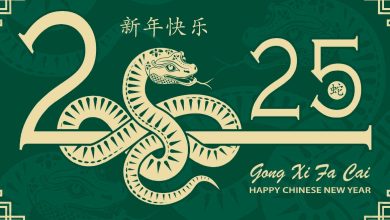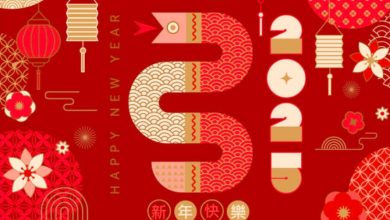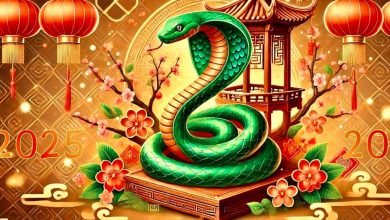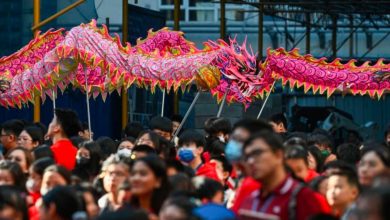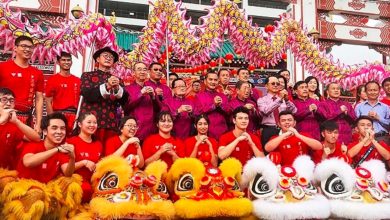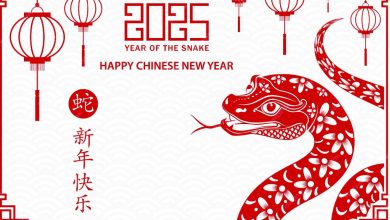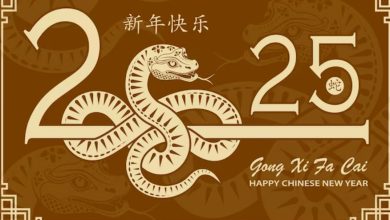What day is chinese new year 2025?
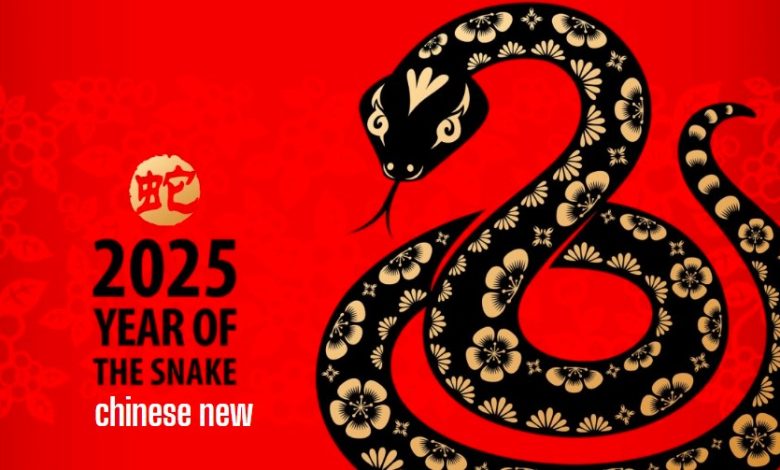
Chinese New Year, also known as the Lunar New Year or the Spring Festival, is one of the most important and widely celebrated holidays in Chinese culture. Rooted in traditions that date back thousands of years, this holiday marks the beginning of the lunar calendar and is celebrated not only in China but across the globe in many Asian countries and communities. For 2025, Chinese New Year falls on Wednesday, January 29th. This date heralds the transition from one zodiac year to the next, and in 2025, it marks the beginning of the Year of the Snake.
Why Does the Date Change Each Year?
Unlike the Gregorian calendar, which is based on the solar year, the lunar calendar follows the cycles of the moon. This is why Chinese New Year does not have a fixed date and typically falls between January 21st and February 20th. The festival begins on the first day of the first lunar month, and its timing is determined by the new moon. In 2025, the new moon will occur on January 29th, setting the date for the Chinese New Year.
The Significance of the Year of the Snake
Each year in the Chinese zodiac is associated with one of twelve animals, and 2025 is the Year of the Snake. The Snake is the sixth sign in the Chinese zodiac and is often regarded as a symbol of wisdom, intuition, and transformation. People born in the Year of the Snake are thought to possess qualities such as intelligence, elegance, and resourcefulness. As the Snake is also associated with mystery and deep thinking, 2025 might be a year where introspection and strategy take center stage.
Key Traditions and Customs of Chinese New Year
Chinese New Year is steeped in traditions designed to ensure good fortune, happiness, and prosperity for the year ahead. These traditions include:
1. Reunion Dinners
One of the most important aspects of Chinese New Year is the reunion dinner held on New Year’s Eve (January 28th in 2025). Families come together to enjoy a lavish feast, often featuring dishes that symbolize luck and abundance. Foods like dumplings (for wealth), fish (for surplus), and glutinous rice cakes (for higher achievements) are commonly served.
2. Cleaning and Decorating
Before the New Year begins, families thoroughly clean their homes to sweep away bad luck and make space for good fortune. Once the house is clean, it is decorated with red lanterns, couplets, and paper cuttings, all of which symbolize happiness and prosperity. The color red is dominant during the festival, as it is believed to ward off evil spirits.
3. Red Envelopes
Known as hongbao in Mandarin, red envelopes containing money are given to children and younger family members. This act symbolizes the sharing of blessings and good fortune. In modern times, digital red envelopes have become increasingly popular.
4. Fireworks and Lion Dances
Firecrackers and fireworks are set off to scare away evil spirits and welcome the New Year with a bang. Additionally, lion and dragon dances are performed in public spaces to bring good luck and celebrate community spirit.
5. Visiting Relatives and Friends
During the 15-day celebration period, families visit relatives and friends to exchange well-wishes. Common greetings include “Gong Xi Fa Cai” (Mandarin for “Wishing you wealth and prosperity”) and “Xin Nian Kuai Le” (Happy New Year).
The Lantern Festival: A Grand Finale
The Chinese New Year festivities officially end with the Lantern Festival, which falls on the 15th day of the lunar month. In 2025, this will be celebrated on February 12th. On this day, people light lanterns, solve riddles, and enjoy traditional foods like sweet glutinous rice balls (tangyuan), symbolizing family unity and happiness.
Chinese New Year in a Global Context
While Chinese New Year originated in China, it is celebrated widely across the globe, particularly in countries with significant Chinese populations such as Singapore, Malaysia, Indonesia, Thailand, and the Philippines. Additionally, cities like San Francisco, London, and Sydney host vibrant celebrations, including parades, cultural performances, and fireworks.
In many places, the holiday is also recognized as an opportunity for people from all cultural backgrounds to learn about and appreciate the richness of Chinese traditions. Schools, museums, and community centers often host events to share the history and significance of the Lunar New Year.
Preparing for Chinese New Year 2025
For those looking forward to celebrating Chinese New Year 2025, here are a few tips to make the most of the festivities:
- Plan Ahead: Since the holiday is a time for travel and family reunions, tickets for trains, planes, and buses sell out quickly. If you’re planning to visit family or attend large events, book early.
- Learn About the Zodiac: Explore the characteristics of the Year of the Snake and how they might influence the year ahead. Whether you believe in astrology or not, it can be a fun way to engage with the culture.
- Embrace Tradition: Even if you’re celebrating outside of Asia, you can still honor the traditions by preparing a special meal, decorating your home, or giving red envelopes.
-
Participate in Events: Many cities host public celebrations, including parades, cultural performances, and food festivals. Check local listings to find events near you.










